While there is a never-ending learning curve to being an author, I hope to wrap several important aspects of writing in this brief 3-part series.
Let’s get started:
The “X” of Story Writing
Wise writers have said, “Writing is actually re-writing.” So, in using the XYZs to guide us, the X stands primarily for major editing. One of the first things you always remind yourself when writing or completing a story, is that it isn’t finished until you’re willing to make changes. No matter how good you think it is, or how nearly perfect, be sure there will always be things which can be redone to make the writing tighter, cleaner, clearer. So you might be well on your way to being a writer if you recognize that changes will indeed need to be made.
Not only will you make changes, you must learn to let go of parts that aren’t necessary to the story, even if they were parts you really liked. We call it “killing our darlings”.
The worst case of this for me was the time I had to trash the first 80 pages of a novel and start over. No, wait a minute! The worst was the time I had to find ways to cut 36,000 words from a finished novel to keep it within length limits a publisher would consider.
36,000 words! That’s almost 100 pages from a finished novel, in randomly chosen sections. A few words here, a sentence there, a paragraph here, a page there, an entire scene at times…
It was agonizing, but it had to be done, even though some of those paragraphs and scenes were pretty great. If you’re going to write novels or even short stories, this will happen to you at some point. So don’t cling to your babies too dearly. Be willing to make the tough cuts and changes.
A good place to begin is by looking at scenes you narrated. Should you cut the scene and show it happening with action and dialogue instead, or should you eliminate it altogether? Also look for places to cut too many he said / she saids. Sometimes we can insert a simple beat (she stomped her foot) to show who is talking, and then can skip any attribution for a couple exchanges. Eliminate sections that are overly dramatic. Look up “purple prose” to see what I mean. Cut or change scenes that might be confusing. If you don’t know what those scenes are, a good idea is to ask a trusted friend, one who you feel will be honest, to give your story a read-over and tell you which parts were confusing or boring. Then be ready to think of ways to change, cut, or clarify those parts.
Major editing — and the willingness to let go — is the first indication that you mean business with your writing. So don’t be afraid to “X” it out and try again.
Exercise:
Go back to the drawing board on your story. Don’t worry about if it’s long enough. Beginning writers sometimes worry about packing words into pages instead of making those pages matter. Think about whether every scene, every dialogue, every action is truly important. Do some words need to be cut or changed for clarification? Is there too much attribution or narration? Also get rid of scenes or sections where there is a lot of telling instead of showing — use action and dialogue instead of narration. Cut out dialogue that is boring or anything that doesn’t move the story forward. Be brave! Be ruthless!
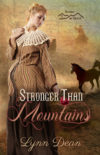
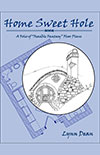

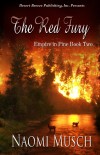
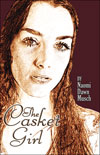
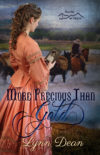
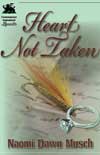

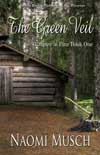

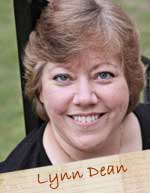


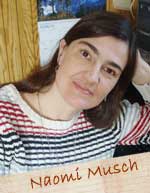


Speak Your Mind
You must be logged in to post a comment.